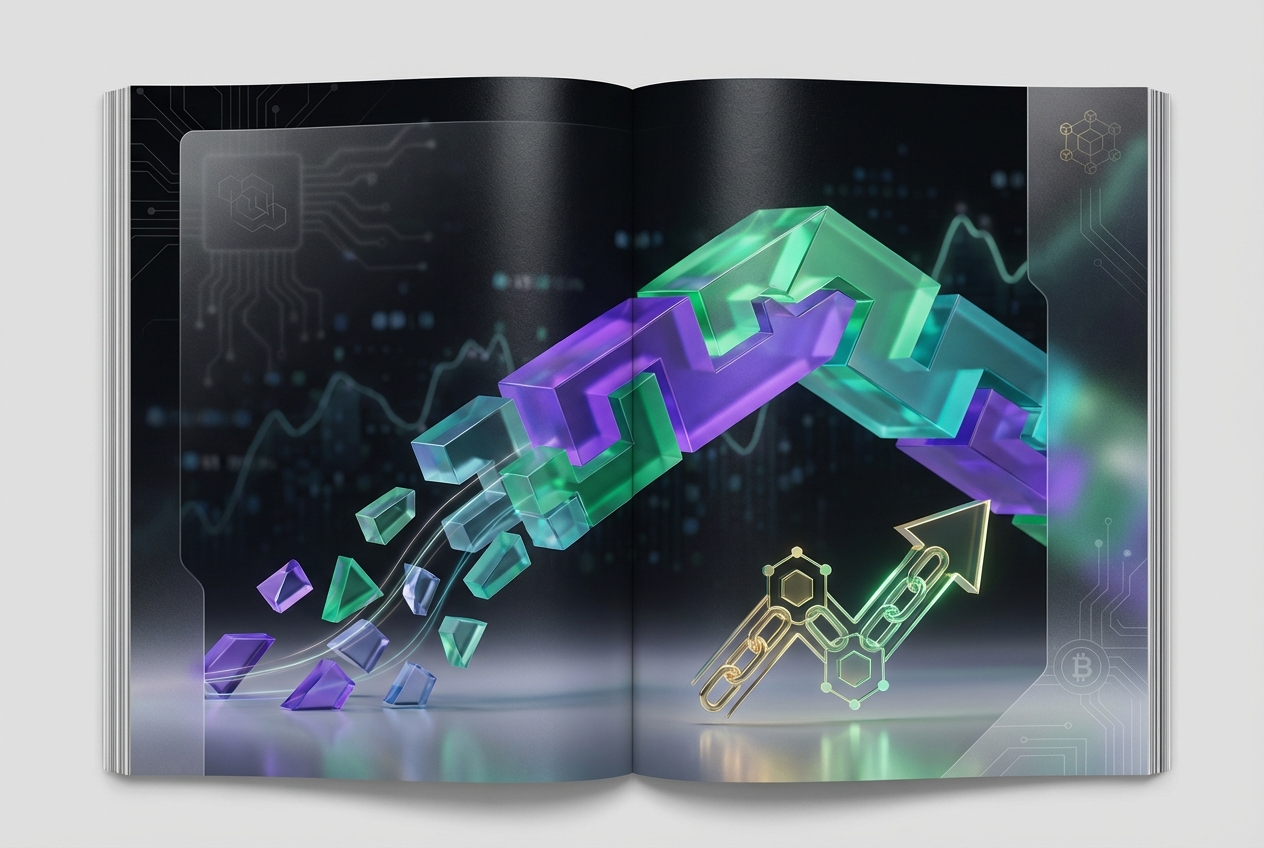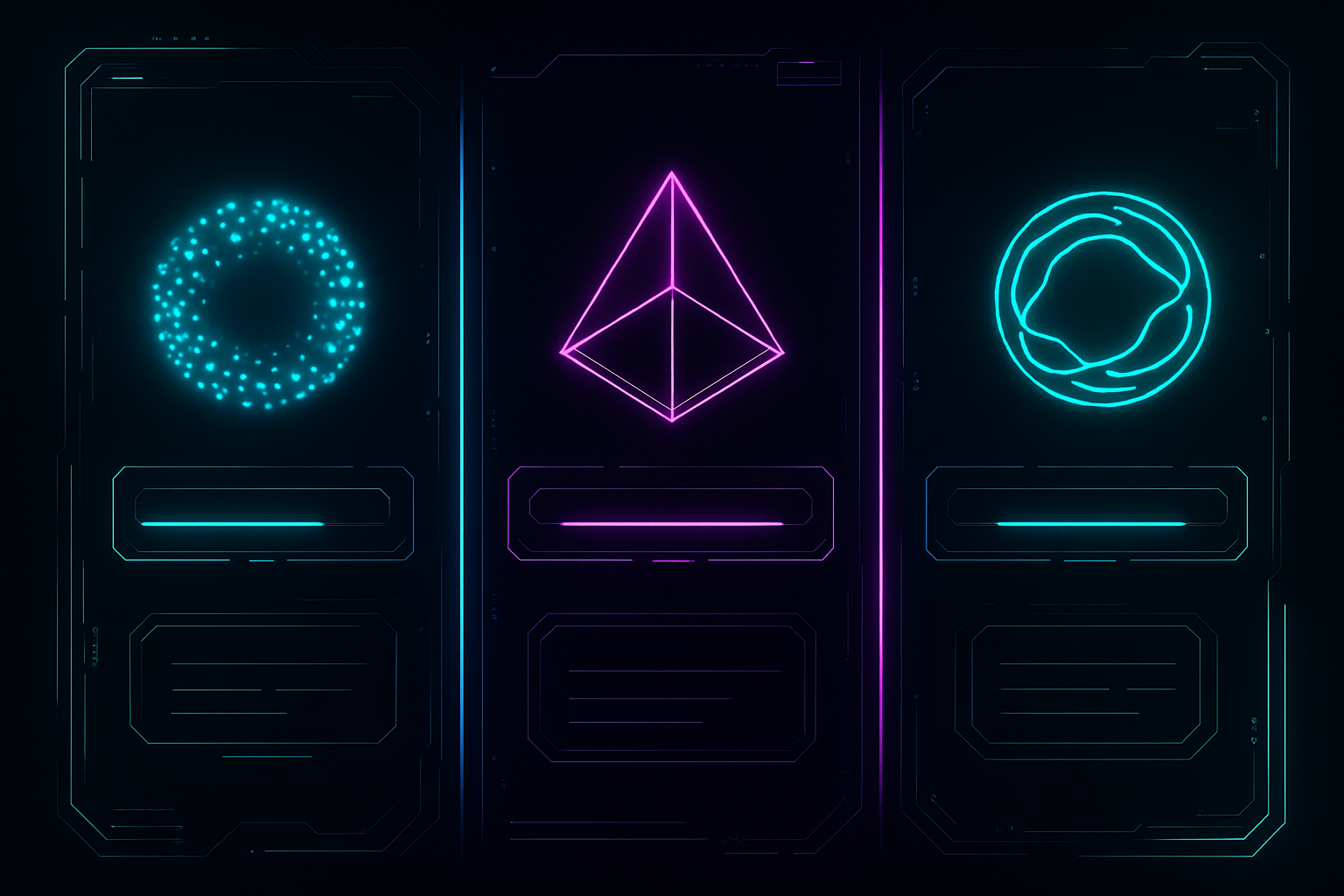
Scalability is the battleground for modular blockchains in 2025, and three frameworks dominate the landscape: Celestia Modular Rollup Framework, Eclipse Rollup Stack, and Conduit Rollup Platform. Each brings a sharply distinct approach to data availability, execution, and developer experience. If you’re weighing the pros and cons of Celestia vs Eclipse vs Conduit, it’s crucial to understand their architectures and how they fit into the broader rollup ecosystem.

Celestia Modular Rollup Framework: Data Availability Unleashed
Celestia is engineered as a pure data availability (DA) layer. It strips away execution and consensus from the blockchain stack, letting developers build rollups that leverage Celestia’s DA through data availability sampling (DAS). This means light nodes can verify massive amounts of transaction data without downloading every byte, critical for scaling Ethereum-style rollups or custom chains.
By specializing in DA, Celestia lets rollups publish transaction data efficiently while keeping costs predictable. In fact, recent migrations to Celestia have brought up to 10x cost savings for users overnight (source). The protocol’s modularity makes it a favorite for projects that want control over their execution environment without getting bogged down by L1 complexity.
Eclipse Rollup Stack: Bridging Solana Speed with Ethereum Security
Eclipse is all about composability. It combines the Solana Virtual Machine (SVM) as its execution layer with Ethereum for settlement and Celestia for data availability. This hybrid approach unlocks Solana’s high throughput, think thousands of transactions per second, while letting apps tap into Ethereum’s robust security guarantees.
The Eclipse stack is particularly attractive for verticals like gaming, DeFi, or DePIN that demand both speed and composability. Developers can deploy app-specific rollups tailored to their needs without sacrificing interoperability or scalability. The ability to mix-and-match best-in-class layers sets Eclipse apart from monolithic solutions.
Conduit Rollup Platform: RaaS and Flexible Data Availability Choices
Conduit has made waves by offering Rollups-as-a-Service (RaaS) across platforms like Arbitrum and Optimism. Its killer feature? Choice. Developers pick from multiple DA backends, including AnyTrust (43% usage), Celestia (30%), or others, without worrying about infrastructure headaches (source). This flexibility has attracted top projects like Zora, Aevo, Lyra, Mode, and Parallel to build on Conduit.
The platform abstracts away much of the operational complexity so teams can focus on product development instead of node management. For many web3 startups looking to move fast without reinventing the wheel, Conduit offers an appealing shortcut into the modular blockchain world.
Key Differences: Celestia, Eclipse, and Conduit
-
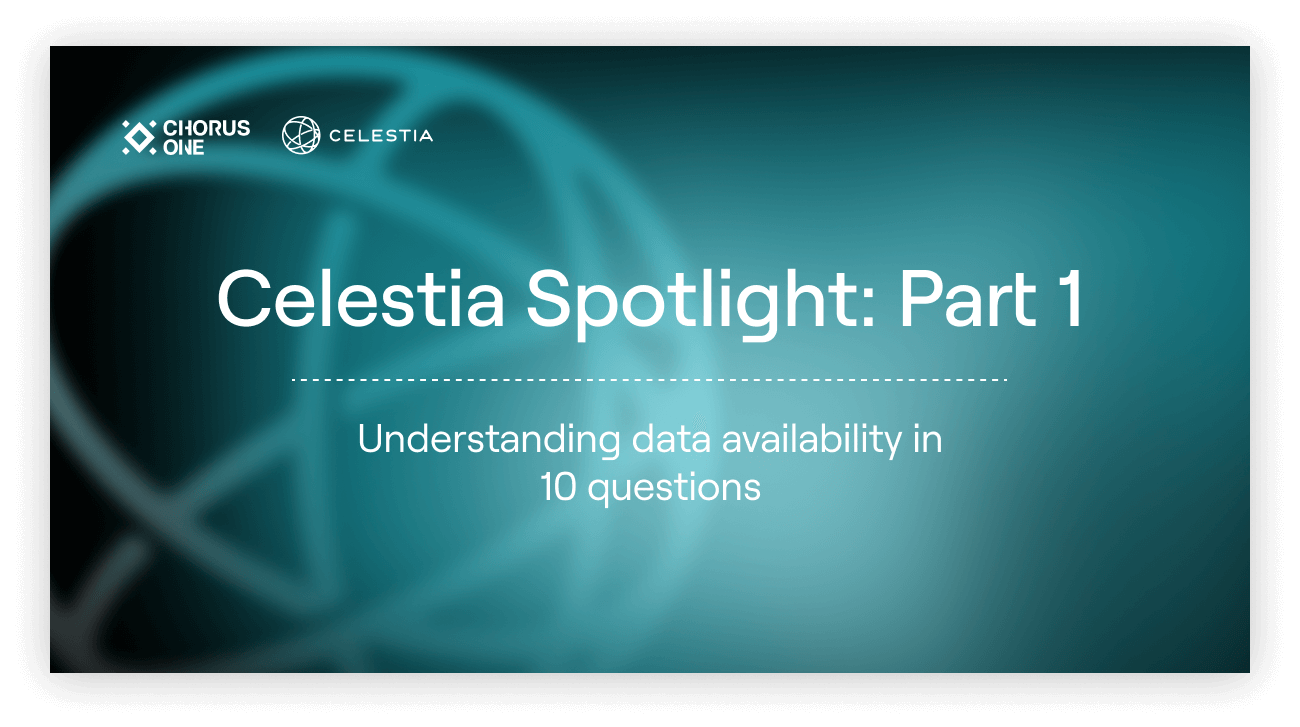
Celestia Modular Rollup Framework: Acts as a modular data availability (DA) layer, allowing rollups to efficiently publish transaction data without running a full blockchain. Celestia’s data availability sampling (DAS) enables scalable, trust-minimized rollup deployments by letting light nodes verify data integrity without downloading entire blocks.
-
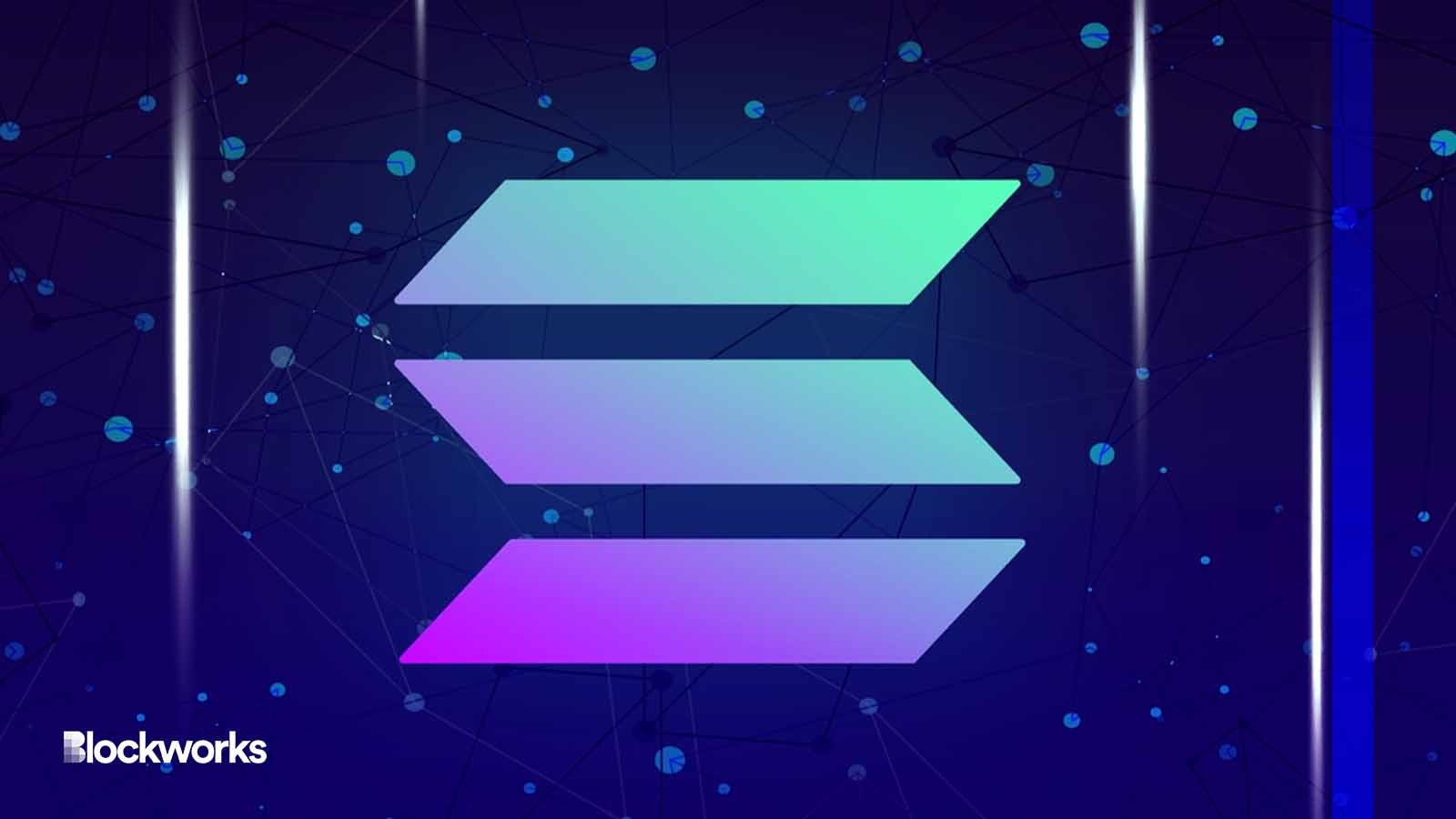
Eclipse Rollup Stack: Integrates Solana Virtual Machine (SVM) for high-throughput execution, Ethereum for settlement, and Celestia for data availability. Eclipse aims to combine Solana’s speed with Ethereum’s security, providing a flexible platform for decentralized apps across ecosystems.
-
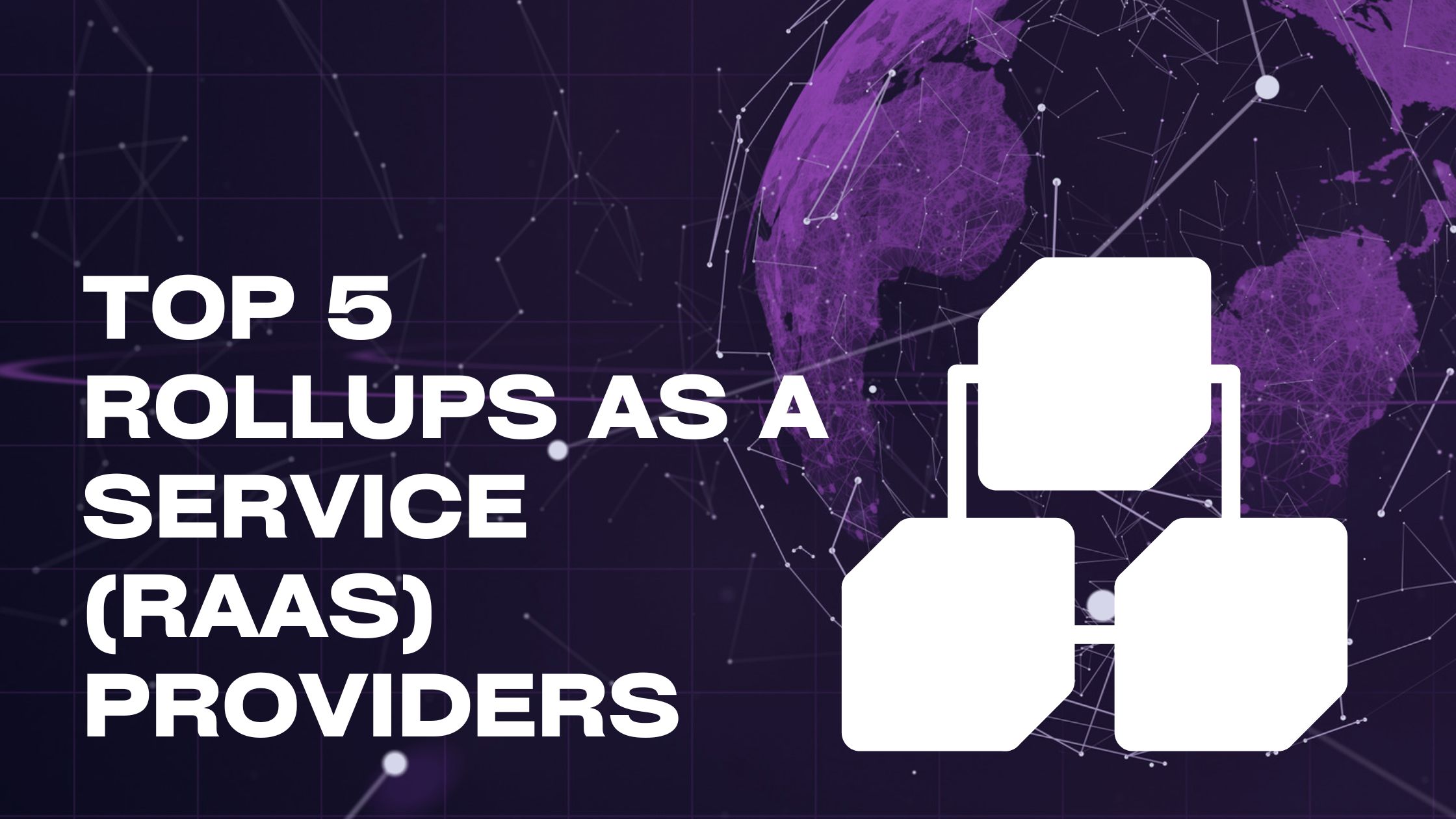
Conduit Rollup Platform: Offers Rollups-as-a-Service (RaaS) on leading frameworks like Arbitrum and Optimism, with support for multiple DA solutions including Celestia. Conduit streamlines rollup deployment and management, powering notable projects such as Zora, Aevo, Lyra, Mode, and Parallel.
The Developer Experience: Customization vs Convenience
If you’re a builder deciding which framework fits your roadmap, developer experience matters just as much as raw performance metrics. Celestia gives you maximum customization at the DA layer but expects you to bring your own execution logic. Eclipse offers ready-to-go high-throughput execution via SVM with strong settlement guarantees but may require deeper technical chops if you want bespoke integrations. Conduit streamlines deployment so teams can launch quickly, ideal if your priority is shipping product over fine-tuning every protocol detail.
Security, cost, and scalability are the three pillars that define the practical trade-offs when choosing between these rollup frameworks. Let’s break down how each stacks up in production environments and what that means for projects looking to scale in 2025.
Scalability and Cost Efficiency: Real-World Outcomes
Celestia Modular Rollup Framework is purpose-built for scalability. Its data availability sampling (DAS) mechanism empowers light nodes to efficiently verify massive blocks, making it a go-to choice for high-throughput rollups. The protocol’s recent mainnet integrations have demonstrated up to 10x cost savings for users, which is a game-changer for dApps with heavy transaction loads. If your project needs predictable scaling and low fees at the DA layer, Celestia remains the gold standard.
Eclipse Rollup Stack targets projects that can’t compromise on speed or interoperability. By integrating Solana’s SVM, Eclipse delivers unmatched throughput, ideal for gaming, DeFi protocols, or any application where latency kills user experience. Settling on Ethereum and using Celestia for DA ensures that speed doesn’t come at the expense of security or data integrity. The modular design also means future upgrades are possible without major rewrites.
Conduit Rollup Platform wins on flexibility and time-to-market. With its RaaS model and support for multiple DA options (AnyTrust at 43%, Celestia at 30%), Conduit lets teams optimize costs based on their specific needs. For many web3 startups and established brands alike, this means rolling out scalable solutions without having to build custom infrastructure from scratch, saving both budget and engineering cycles.
Ecosystem Maturity: Where Are Projects Building?
The ecosystem around each framework is evolving fast, and maturity matters if you want reliable tooling, integrations, and community support.
- Celestia Modular Rollup Framework: Attracts projects building custom chains or scaling Ethereum-native dApps with a focus on verifiable data availability (source).
- Eclipse Rollup Stack: Popular among verticals like gaming, DePIN, and DeFi that need Solana-grade speed but want Ethereum-level security (source).
- Conduit Rollup Platform: Chosen by leading names (Zora, Aevo, Lyra) who want rapid deployment across Arbitrum/Optimism with minimal operational friction (source).
Choosing Your Stack: Match Solution to Problem
The right framework depends on your project’s priorities:
- If you need maximum control over your blockchain stack and are willing to invest in custom execution logic, Celestia Modular Rollup Framework is your best bet.
- If throughput is king, think games or high-frequency DeFi, and you want composability between ecosystems, go with Eclipse Rollup Stack.
- If you’re racing to market or want operational simplicity with flexible DA backends out-of-the-box, the Conduit Rollup Platform is hard to beat.
The modular blockchain landscape isn’t zero-sum, these frameworks often complement each other as much as they compete. As new verticals emerge and developer tooling improves across all three stacks, expect even more specialized rollups tailored to unique use cases. Staying nimble means tracking these ecosystems closely so you can pivot as technology evolves.




